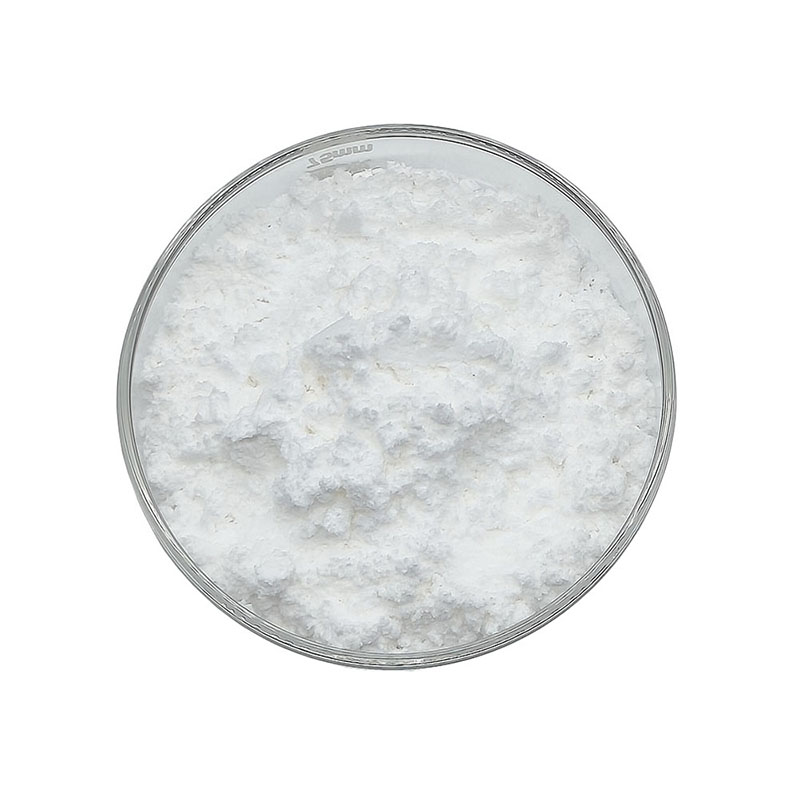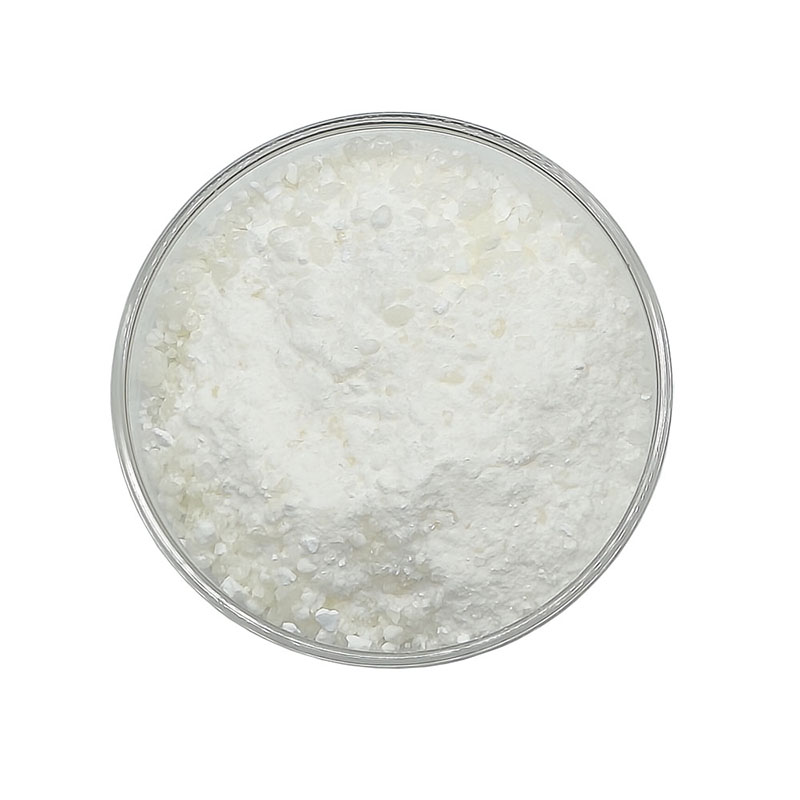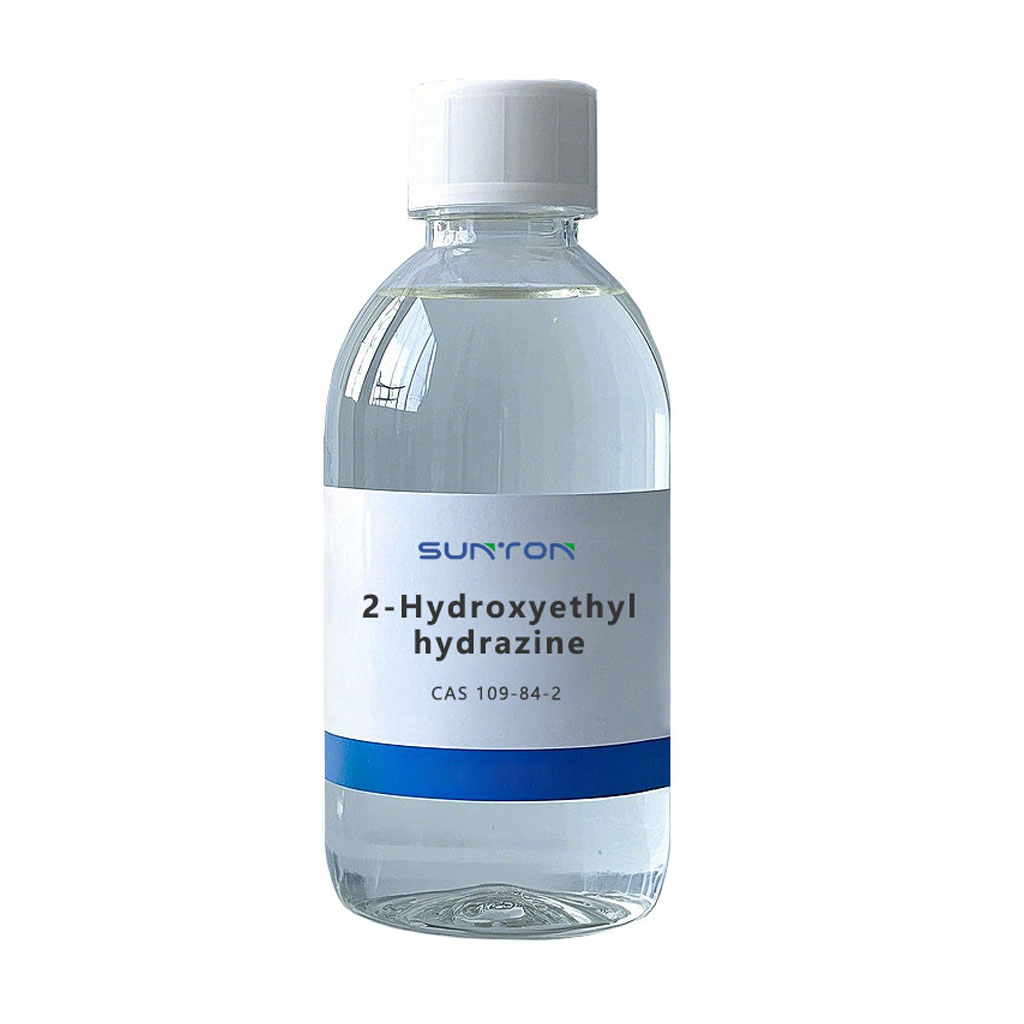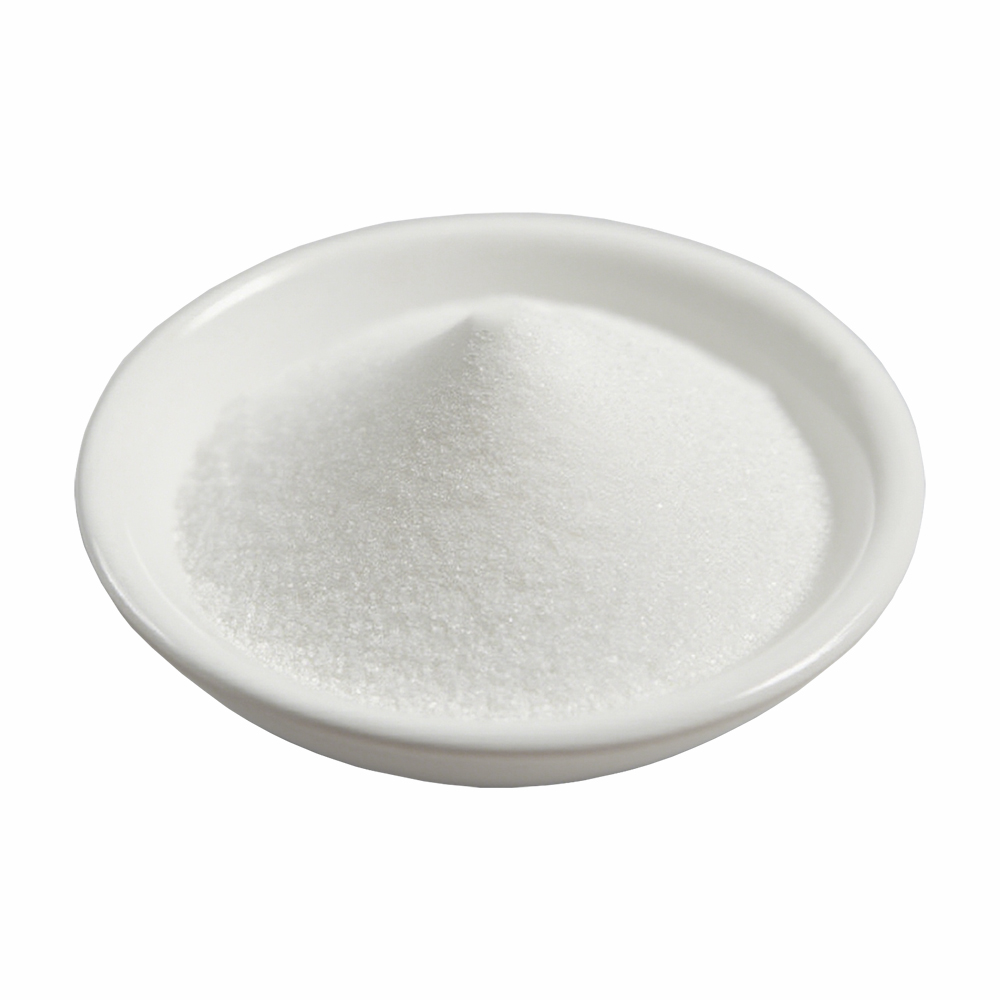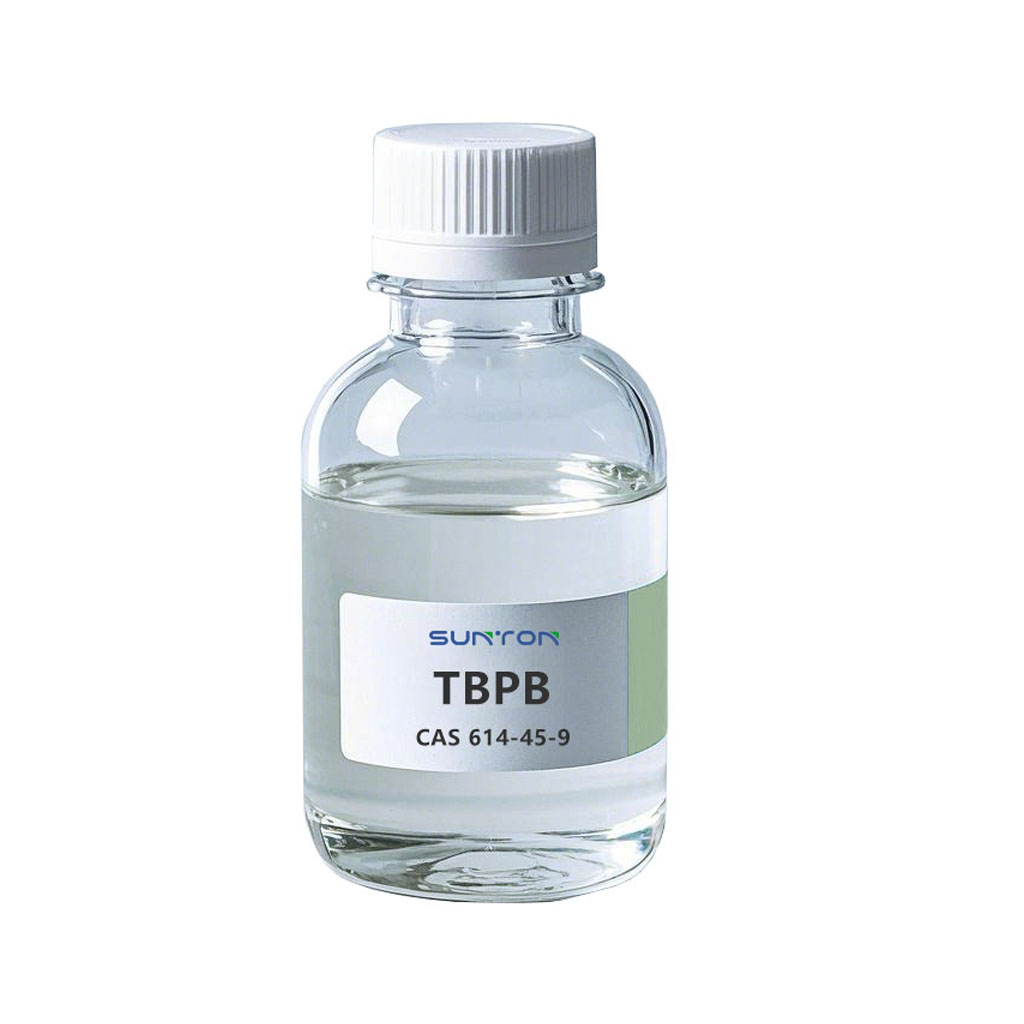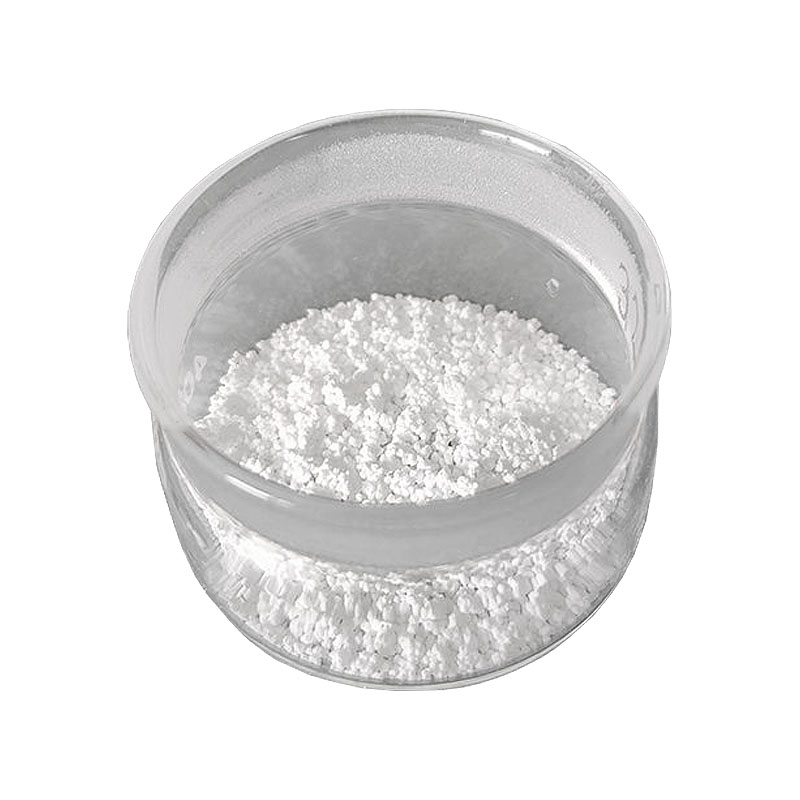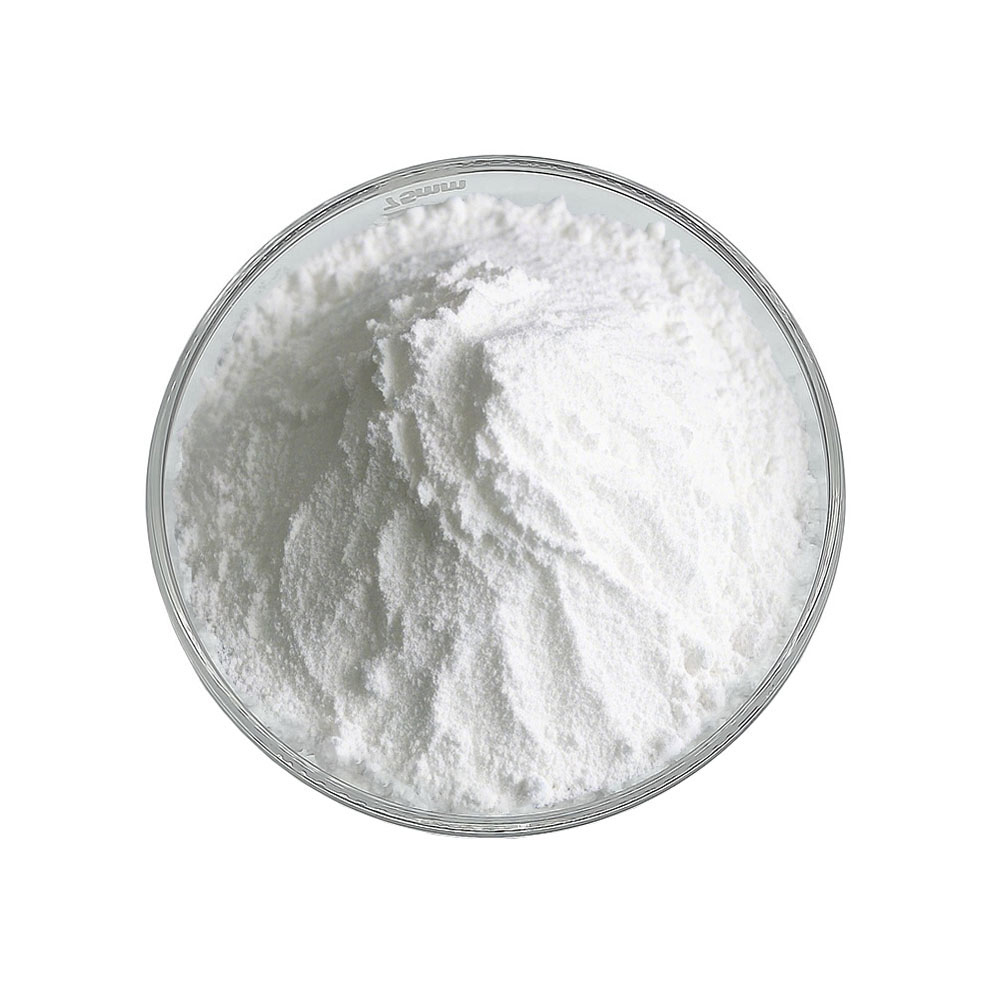Search By Posts
Product Category
Industry News
 By Admin
By Admin
DMDPB (2,3-Dimethyl-2,3-Diphenylbutane) Emerges as a Key Player in Modern Materials Science
In the rapidly evolving landscape of materials science, 2,3-Dimethyl-2,3-Diphenylbutane (DMDPB), a versatile chemical compound, has garnered significant attention as a game-changer in the industry. With its unique properties and wide-ranging applications, DMDPB is poised to become a cornerstone in the development of advanced materials, aligning with today's societal demands for sustainability, safety, and performance enhancement.
Innovative Applications in Fire Retardancy
One of the most notable aspects of DMDPB is its role as a highly effective fire retardant additive. In the polymer industry, DMDPB serves as a synergist in flame-retardant systems, particularly for polyolefins such as polypropylene (PP) and polystyrene. By replacing traditional flame retardants like antimony trioxide in brominated systems, DMDPB not only enhances the flame retardancy but also improves the physical and mechanical properties of the plastics. This dual benefit has made DMDPB a sought-after solution for manufacturers seeking to reduce material usage while maintaining or enhancing product safety standards.
Catalyst and Modifier for High-Performance Polymers
Beyond its fire retardancy capabilities, DMDPB also functions as a catalyst and modifier for various high-performance polymers. As a crosslinking and grafting agent, it facilitates the creation of complex polymer structures with improved thermal stability and processability. This versatility allows DMDPB to be utilized in a broad spectrum of industries, including automotive, electronics, and construction, where materials need to withstand extreme temperatures and mechanical stress.
Environmental and Cost-Efficiency Advantages
In today's environmentally conscious society, DMDPB stands out for its eco-friendly profile. Its non-toxic and low-smoke emission characteristics make it an attractive alternative to traditional flame retardants that may pose health and environmental risks. Furthermore, the ability of DMDPB to reduce the overall amount of flame retardant required in formulations translates into cost savings for manufacturers, making it a financially viable option.
Market Growth and Industry Collaboration
The growing recognition of DMDPB's potential has sparked a surge in research and development activities across the globe. Manufacturers and research institutions are collaborating to explore new applications and optimize DMDPB's performance in various material systems. This collaborative effort is expected to drive the market for DMDPB forward, fostering innovation and technological advancements in the materials science industry.
In conclusion, 2,3-Dimethyl-2,3-Diphenylbutane (DMDPB) has emerged as a key player in the modern materials science landscape. Its unique combination of fire retardancy, catalytic activity, and environmental friendliness makes it an invaluable addition to the toolbox of material scientists and engineers. As the industry continues to evolve, DMDPB's role in shaping the future of high-performance materials is only set to grow stronger. With ongoing research and development, DMDPB promises to unlock new possibilities and drive innovation in a wide range of industries.


 English
English 中文简体
中文简体
